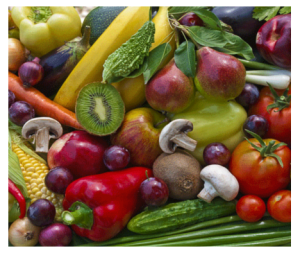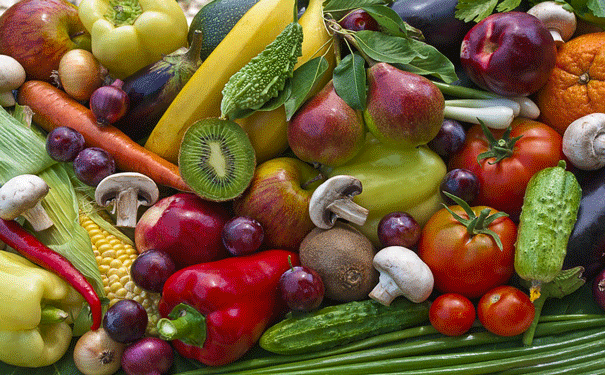 FACT: Addicts in active stages of using drugs and alcohol are malnourished.
FACT: Addicts in active stages of using drugs and alcohol are malnourished.
FACT: Good nutrition actually impacts cravings for drugs and alcohol.
Residents at St. Joseph Institute learn these two facts (and many more!) in classes about how to replenish their bodies with nutrients that addiction has depleted. But it’s easy to live a healthy life-style at the St. Joseph campus. Whole-food supplements, essential oil blends, and healthy meals are carefully prepared and catered to individual needs. Some residents may at first lament the lack of processed food until they notice the effects of nutritional health on their recovery: they sleep better, their cravings lessen, and their moods stabilize.
But what happens when rehab ends and you are on your own? Maintaining a healthy diet post-rehab can be a struggle, especially if you are surrounded by friends and family who eat a lot of fast food! It’s hard enough to abstain from alcohol and drugs: how can you be expected to maintain a good diet as well? In fact, research shows that recovering addicts often replace drugs and alcohol with sugar or caffeine. They also have similar eating patterns that include not eating breakfast, eating high amounts of sugar, refined carbohydrates, and processed foods, and not eating enough protein or fresh fruits and vegetables. This kind of high-sugar, low-nutrient diet makes it even more difficult for the recovering addict’s body to fend off cravings and thus raises the chance of relapse.
Healthy living is essential to a successful recovery. To help encourage healthful eating, we’ve compiled a list of simple dietary principles.
- Drink plenty of pure water. Have a bottle of water with you and sip from it when you can.
- Replace refined sugars with less-processed sugars. Try honey in your tea rather than white sugar. Try soft drinks sweetened with agave nectar rather than traditional soft drinks. Other less-processed, natural sugars include Stevia, brown rice syrup, and date sugar.
- Eat fresh, whole foods. Think color. It’s hard to find variety and richness of color in processed foods; fruits and vegetables, on the other hand, come in greens, purples, oranges, yellows, reds, and more.
- When possible, buy organic or natural foods grown without pesticides or herbicides.
As simple as this list may seem, changing your diet can feel like a monumental task. It can be easy to get discouraged or feel guilty when you make less-than-healthy choices. So, to accompany the dietary recommendations, we will close with some encouragement.
First, don’t think of a healthful diet as restrictive. Concentrate on adding healthful foods rather than taking away the “bad” foods. Want potato chips? Eat them, but eat some carrot sticks or strawberries along with them. Crave coffee in the morning? Drink it – in moderation — but eat a healthy breakfast, too.
Second, remember that taste buds change with diet. When we eat a high-salt or high-sugar diet, we lose the ability to taste the natural flavors in food. When we lessen our salt and sugar intake, our taste buds will become more sensitive; soon, our cravings for salt and sugar will lessen.
And finally, when you eat, celebrate it. Relish it, give thanks for it, ask that it be used to strengthen and support you. If you practice patience and forgiveness with yourself, you might be surprised at how naturally you begin to embrace health.


